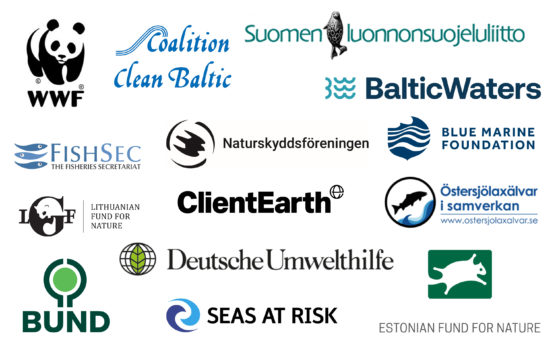The decline of fish populations in the Baltic Sea ecosystem has been extensively documented and analyzed by now. This decline has been ongoing for decades but has intensified in recent years, with some fish populations collapsing or being on the verge of collapse. The latest ICES assessment again shows that populations of commercially harvested stocks are not healthy: both cod stocks remain in a state of collapse, there is high uncertainty regarding the status of the Baltic herring populations, salmon is declining, and the Baltic sprat is in poor shape after three consecutive years of very low recruitment.
The third HELCOM Holistic Assessment of the State of the Baltic Sea (HOLAS 3), that came out last December, concludes that the ecosystem is in extreme distress and that species extraction is one of the main threats to Baltic Sea biodiversity. This year the ICES assessment shows yet again that populations of commercially harvested stocks are not in a healthy state: Both cod populations remain in a state of collapse, there is high uncertainty on the status of the herring populations, salmon is in decline and sprat has had very low recruitment for the third year in a row. Of the fish populations with catch advice, only the plaice spawning stock biomass is high, however alarming signals indicate a high number of small and skinny fish, leading to high levels of discards.
In October 2024, EU fisheries ministers will agree on fishing opportunities in the Baltic Sea for 2025. We have provided joint NGO recommendations on Baltic Sea fishing opportunities for 2025 in the context of environmental regulations, EU fisheries legislation, scientific advice on catch limits, and the sharing of stocks with third countries. Overall, we urge the European Commission to propose, and fisheries ministers to adopt fishing opportunities at levels well below the ICES headline advice (and below the FMSY point value where available) to safeguard ecosystem needs and dynamics and allow for the recovery of fish populations.
Read our joint NGO briefing here.
